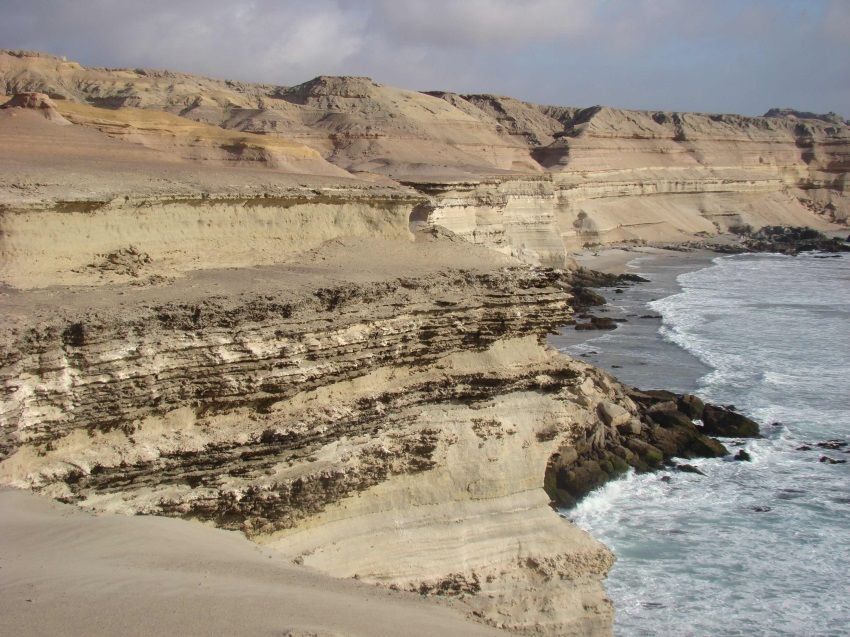Diamonds (and Human Impacts) Are Forever: The Long-Lived Consequences of Growth
Published on July 7th, 2014
A “long time” depends on perspective – to an impatient child it’s measured in minutes, to a historian in decades or centuries, and to the geologist in millennia. The size of humanity and our corresponding scale of influence have grown to the point where we are now a “geologically significant” force. As you might guess, our long-term influence on the planet is not for the better. We are causing a mass extinction.
 UC Berkeley’s Department of Environmental Science, Policy, and Management recently concluded a lecture series on the Anthropocene, which I attended. The Anthropocene is a proposed new geologic era defined by human influence. Initial skepticism about our ability to have such a large impact, one that the fossil record will remember, has faded. The Anthropocene is increasingly seen as a reality by geologists and other scientists. UC Berkeley’s decision to host an Anthropocene lecture series highlights the fact that prominent universities are now expecting human influence to reach almost further than imaginable into the future.
UC Berkeley’s Department of Environmental Science, Policy, and Management recently concluded a lecture series on the Anthropocene, which I attended. The Anthropocene is a proposed new geologic era defined by human influence. Initial skepticism about our ability to have such a large impact, one that the fossil record will remember, has faded. The Anthropocene is increasingly seen as a reality by geologists and other scientists. UC Berkeley’s decision to host an Anthropocene lecture series highlights the fact that prominent universities are now expecting human influence to reach almost further than imaginable into the future.
 |
|
Sedimentary rock layers, where the legacy of humans will be recorded. |
A document compiled for the lecture series explains that while cities may be the most obvious signs of human impact on the natural world, in the long-run the massive structures, concrete, brick and steel will not last. Our legacy will include the mass extinction that is currently under way. We are losing so many species with each passing year; extinction rates are now occurring at hundreds to thousands of times faster than most of the past half billion years. Habitat destruction, development, pollution, invasive species introductions and other human activities are to blame.
Furthermore, burning billions of tons of fossil fuel is changing the climate, which is forcing species to migrate towards the poles or up in elevation. Ocean acidification caused by the absorption of atmospheric carbon dioxide is leaving corals unable to reproduce. These species migrations and disappearances are significant, and will be chronicled in Earth’s sediments on land and at sea. Even the distribution of sediment itself is being globally disrupted by agricultural practices and dams.
The long-lived consequences of our actions speak to the power of population growth and how it is multiplying our environmental impact. As famous Harvard biologist E.O. Wilson noted, ominously, “The pattern of human population growth in the twentieth century was more bacterial than primate.” It is hardly a coincidence that rapid human population growth has occurred in conjunction with geologically significant human impact.
If humans are leaving such a legacy, one that is compared to meteorites wiping out vast amounts of life on Earth, we should diligently work against it. Population growth is undeniably tied to the extinctions happening daily, so as Californians in the Anthropocene we should question: how much bigger do we want our state’s population, and therefore impact, to be?




